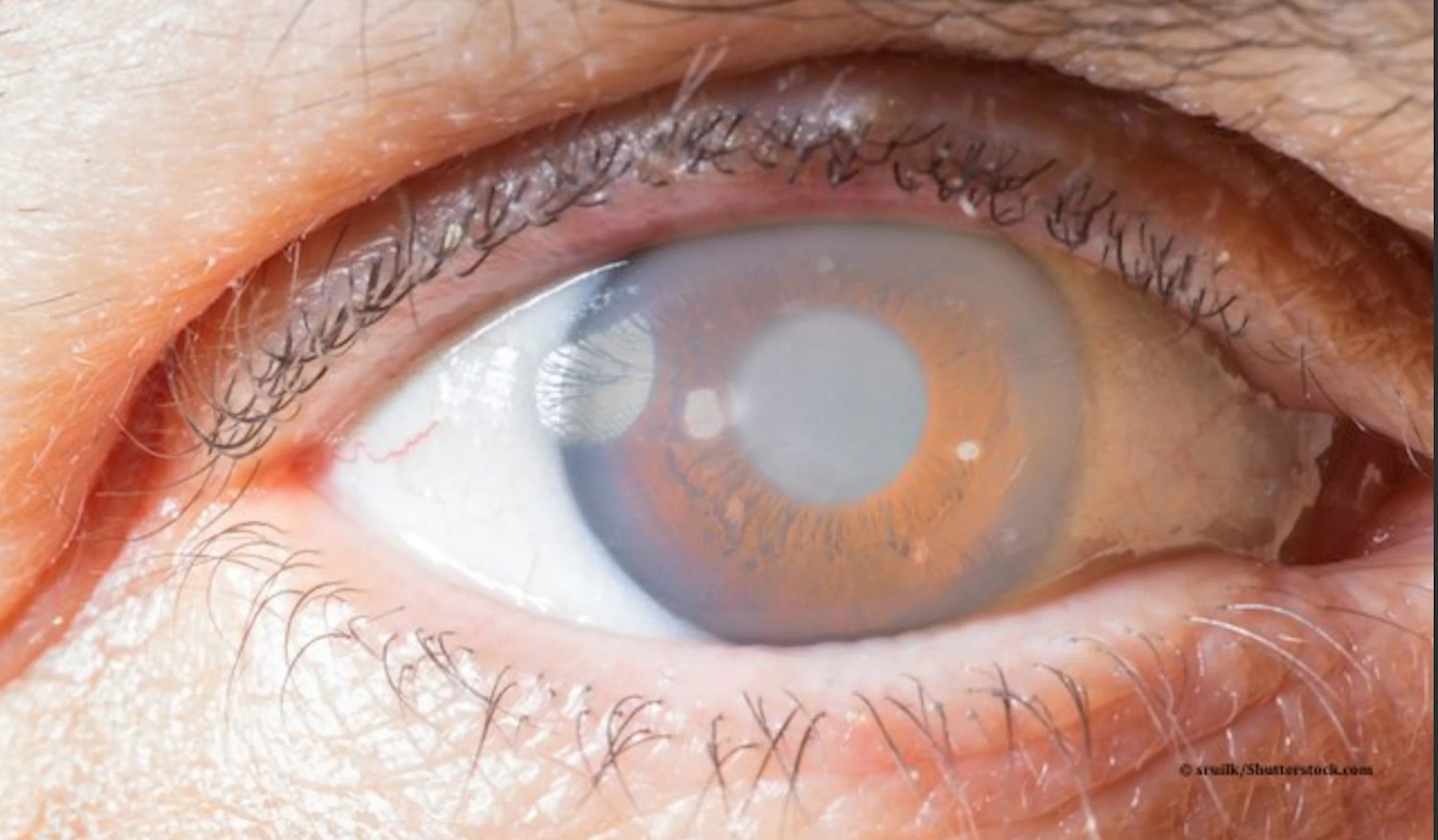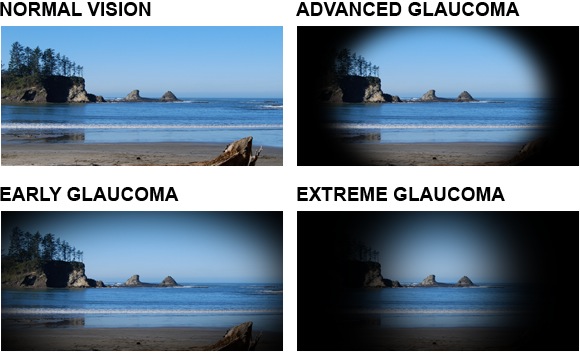

Glaucoma
Glaucoma is an eye disease and a leading cause of blindness in India a the world over. Loss of vision from glaucoma is Preventable if treated in the early stages of the disease.
It has been estimated that more than half of those affected do not know they have glaucoma as the symptoms like, pain, redness, reduced vision do not occur most often.
Drishti Nethralaya is the best eye surgery hospital for Glaucoma eye treatment hospital in Bangalore, Karnataka India . The hospital is fully equipped with latest equipments and Ophthalmic ailments. Our 6000 square feet hospital facility includes spacious consulting rooms, spacious patients waiting areas, ultra modern operating facility all designed to provide pleasant patient experiences. We are backed by an expert medical team of qualified and experienced professionals committed to provide quality care for Glaucoma eye disease treatment. Dr. Ajay Y.H. is one of the best ophthalmologist for Glaucoma eye disease treatment in Bangalore with more than 14 years of experience in the Ophthalmic Fraternity.
What is Glaucoma?
Normally, the eye produces a fluid called Aqueous Humor within it. This fluid is drained out or reabsorbed into the blood stream. Hence a balance is maintained between production and drainage of this fluid, so as to maintain the normal pressure within the eye. This pressure is known as Intra-Ocular pressure. An imbalance between production and drainage of this fluid causes a rise in intra-ocular pressure. When the intra-ocular pressure increases, the optic nerve (which is responsible for carrying the visual messages to the brain from the eye) is damaged. Damage to the optic nerve results in loss of vision. This damage to the optic nerve takes place very slowly and most often the person is not at all aware of the visual loss.
Open Angle Glaucoma, where in the patient has no redness or pain. Often the person has absolutely no symptoms, which would warn them of an eye problem. This is the commonest type
Angle closure glaucoma, the patient can have occasional pain or discomfort, haloes around light, redness of the affected eye and headache.
How is Glaucoma Eye Diseases Diagnosed?
Most often, glaucoma is detected during routine and regular eye checkups. Regular eye checkups are necessary as one may develop glaucoma at anytime. The eye pressures are checked in both eyes. If there is any indication / suspicion of glaucoma further tests like Visual Field test (Auto-perimetry), Optical Coherence Tomography (OCT) etc are done. These tests can identify the presence of nerve damage.
Who are at risk for Glaucoma Eye Diseases ?
Anyone can suffer from glaucoma. The risk factors are:-
- Increasing age (more common above 40 years)
- Family history of glaucoma.
- Previous eye injuries.
- People having diabetes.
- Long-term steroid intake.
- Thinner central corneal thickness.
How is glaucoma disease treated?
Glaucoma may be successfully treated by one or a combination of the following
- Eye Drops
- Tablets
- Laser
- Surgery-may be required in a few Glaucoma Patients.
Glaucoma treatment is a lifelong process and all patients should have a regular follow up once every 6 months-1 year.
Is Glaucoma Disease Preventable?
No, glaucoma cannot be prevented. But early detection and treatment can reduce the chances of damage to the eye.
Without treatment people with glaucoma may seem as though they are looking through a tunnel. Over a period of time the remaining vision may decrease until there is no vision left. HENCE the importance of EARLY DETECTION.
People with family history of glaucoma or presence of other risk factors and people above 40yrs of age should get their eye checked up once every year.
10 Tips of using eye drops for Glaucoma Patients
- Wash hands thoroughly before administration.
- Tilt head backward or lie down and look upward.
- Gently pull down your lower eyelid to make a pouch.
- Hold the dropper above the eye and squeeze one drop inside the pouch. Try not to touch your eye, eyelashes, or any surface with the dropper tip.
- Look upward and continue to hold the eyelid for a moment while the medication runs in.
- Release the lid slowly and close the eye. Blink gently a few times This helps to spread the drop over the whole eye surface.
- Place one finger at the corner of the eye near the nose and apply gentle pressure. This will prevent the medication from draining away from the eye.
- Wipe away any liquid that falls onto your cheek with a tissue.
- Repeat in the other eye if the drop prescribed is for both eyes.
- Close the cap immediately after use.



.png)

